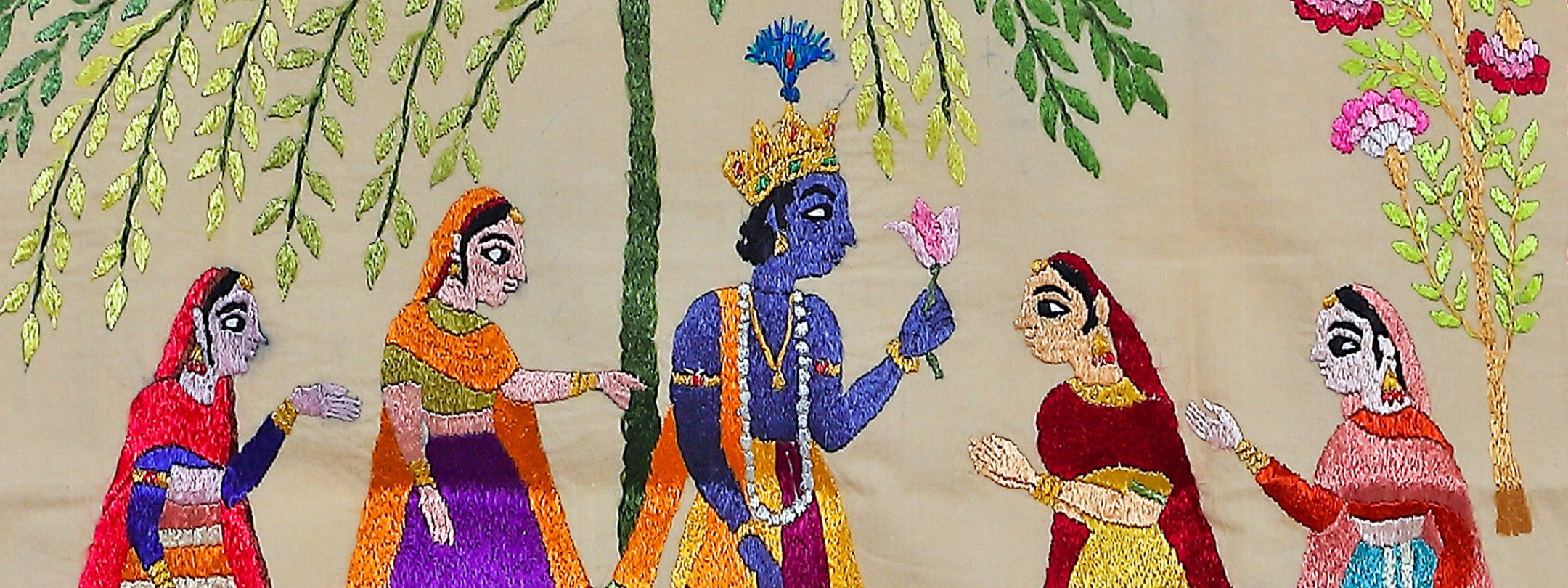Chamba Rumal
Chamba Rumal is a traditional textile art form that originated in the Chamba region of Himachal Pradesh, India in the 18th century. Renowned for its exquisite craftsmanship, this art form revolves around the creation of intricately embroidered handkerchiefs or rumals. The delicate embroidery mostly done on square pieces of silk or muslin cloth typically features vibrant colors, intricate floral patterns, and mythological motifs. The artists employ a unique technique called do-rukha or double-sided embroidery, where the designs are embroidered on both sides of the fabric, resulting in a reversible and equally captivating piece of art.
Despite losing its royal patronage during Indian independence, the tradition continued passing down through generations, with artists meticulously preserving and enriching the heritage. With its revival in the 1970s, these rumals now often depict scenes from Hindu mythology, local folklore, and nature, showcasing the rich cultural tapestry of the region. The art form not only serves as a testament to the dexterity of the craftsmen but also reflects the deep cultural roots and artistic sensibilities of the Chamba community. Today, Chamba Rumals are not just utilitarian items but revered pieces of art that exemplify the fusion of skill, tradition, and aesthetic beauty.
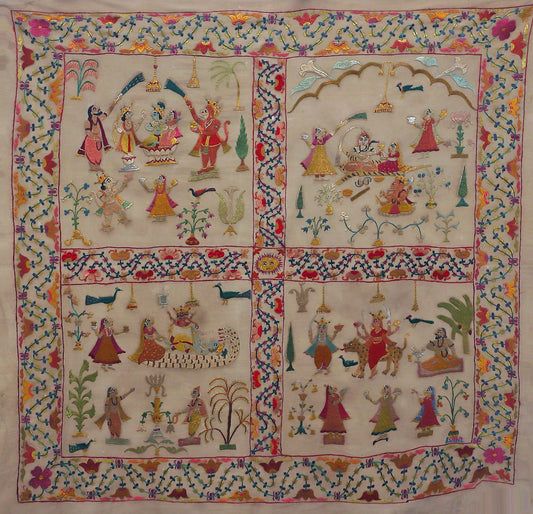
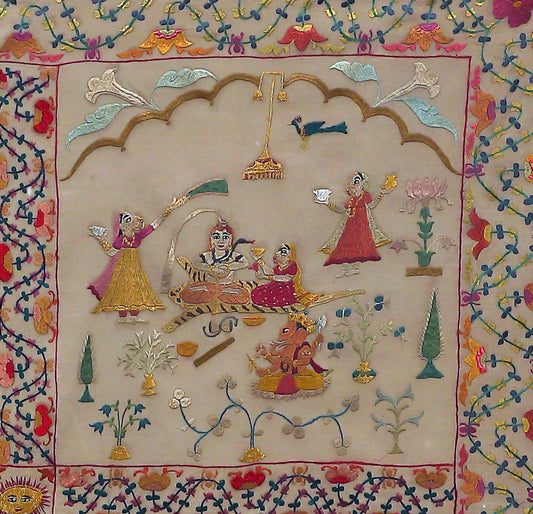
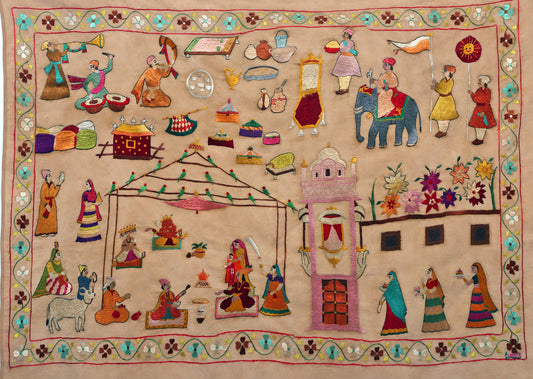
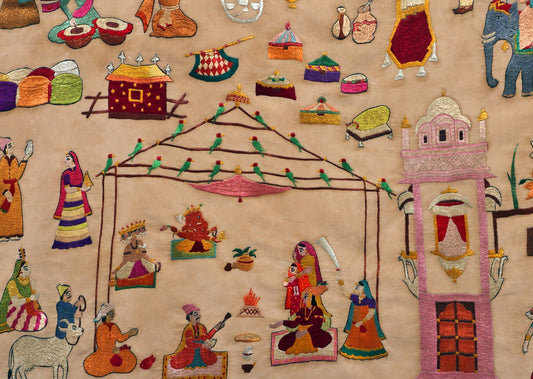
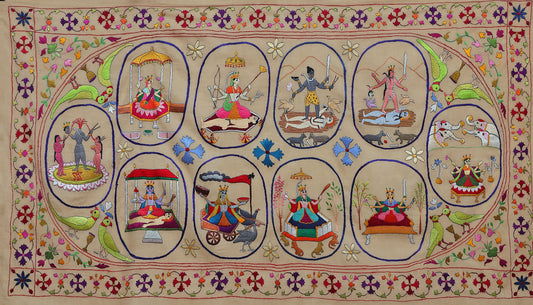
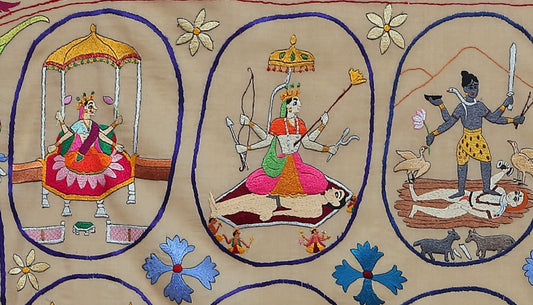
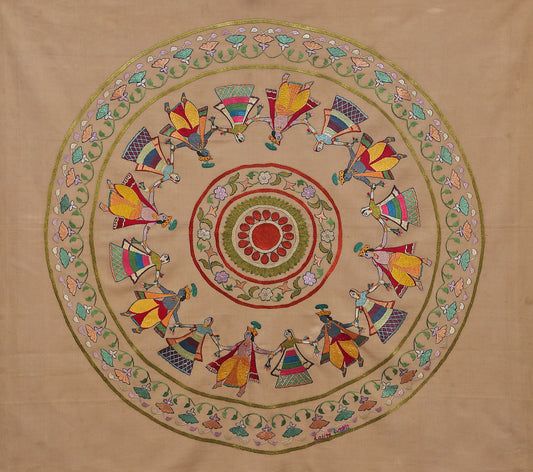
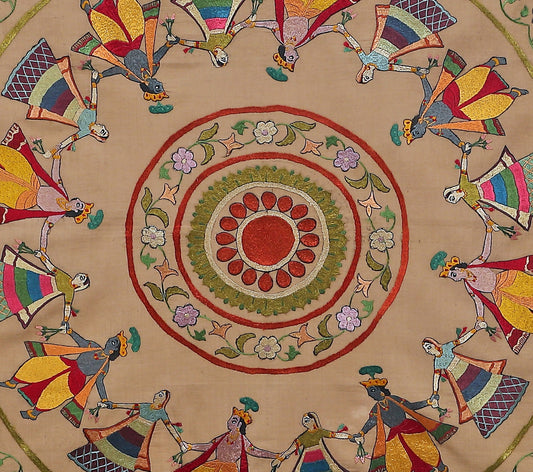
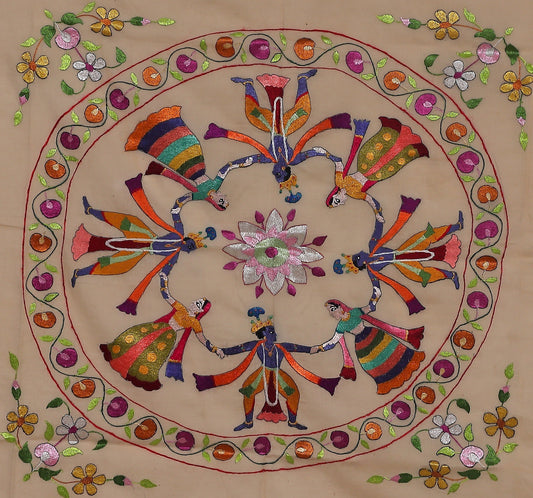
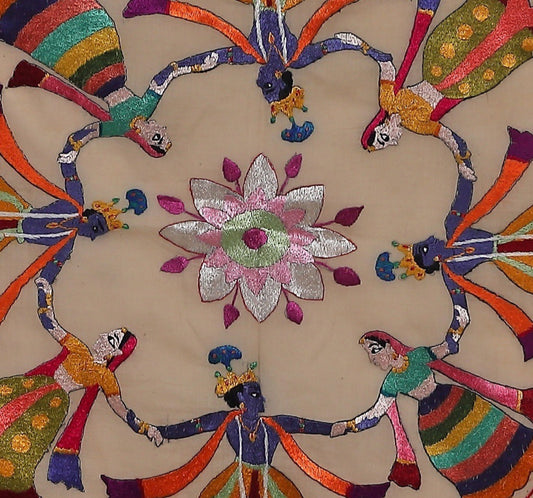
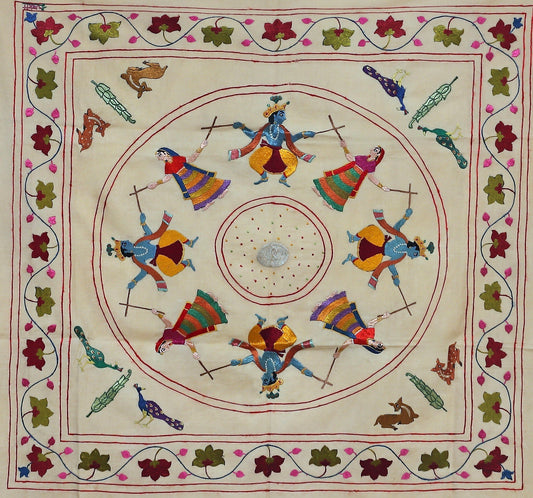
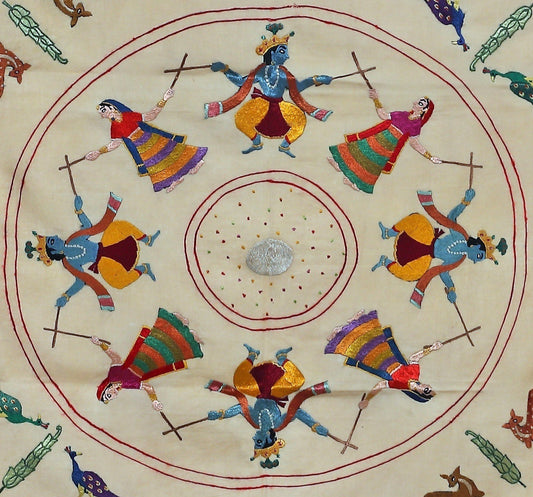
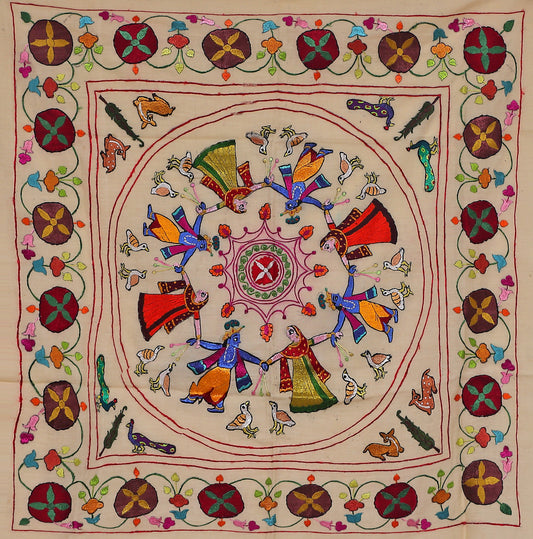
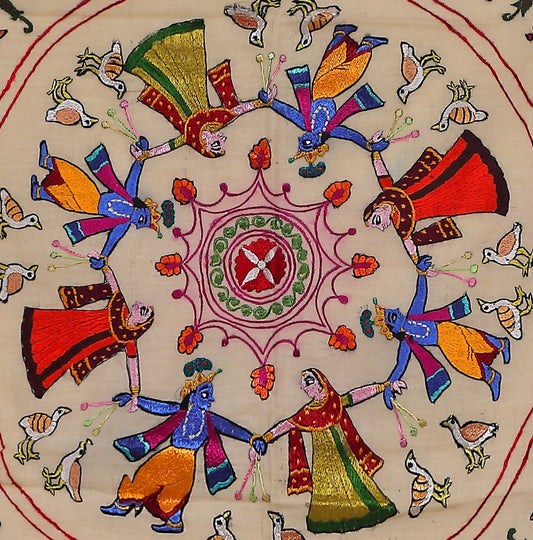
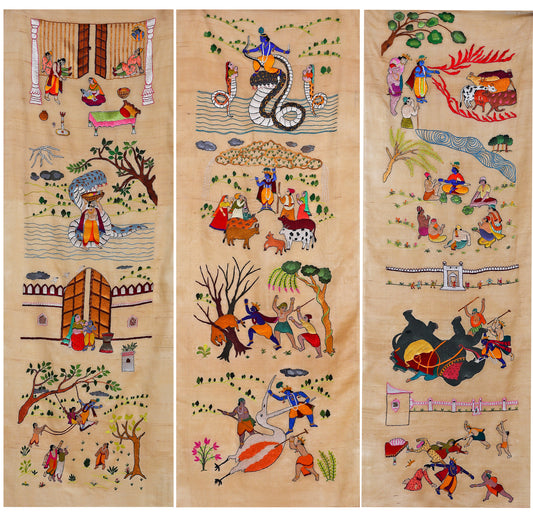
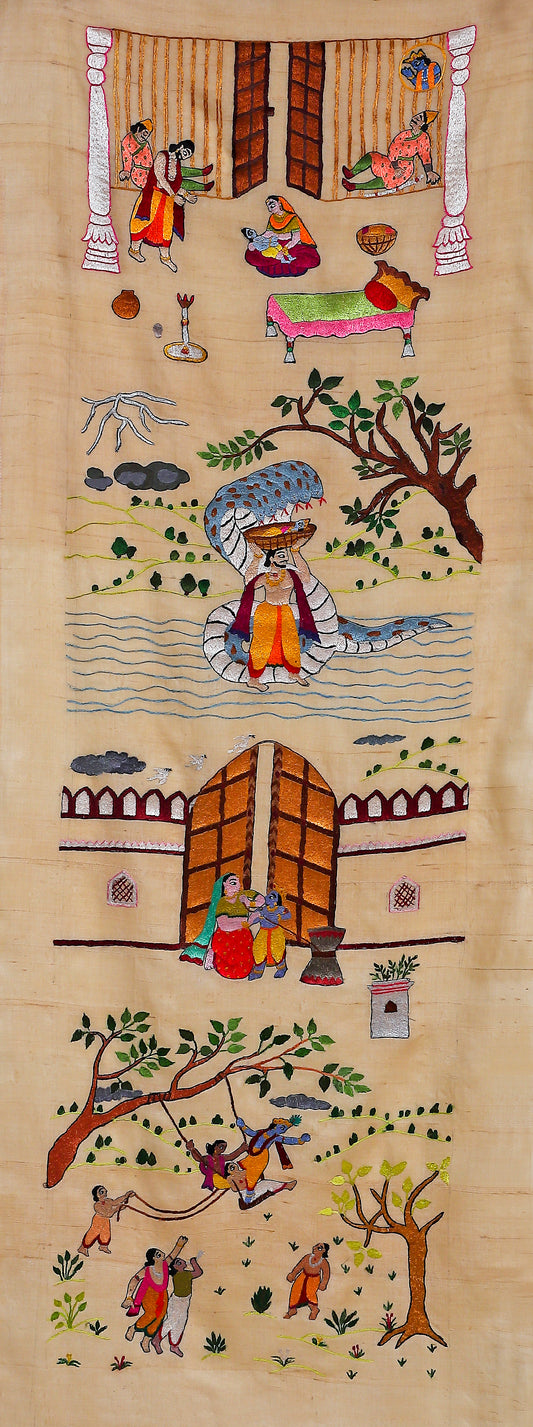
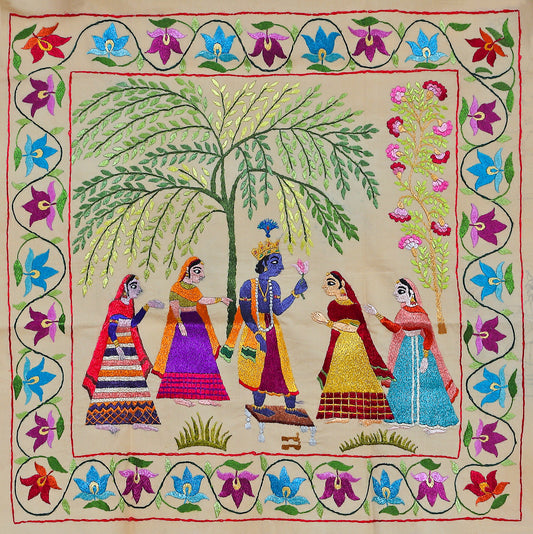
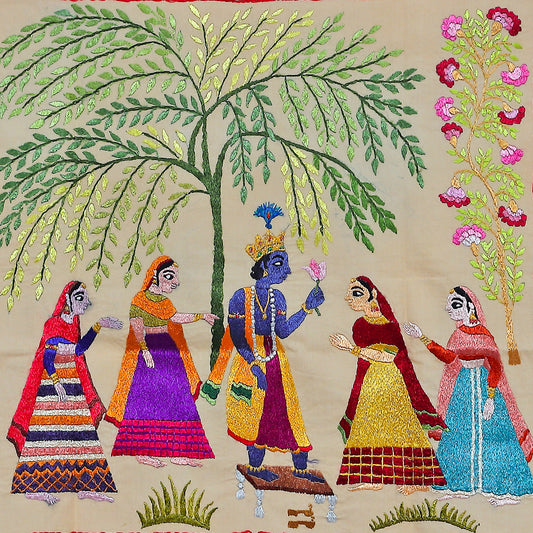
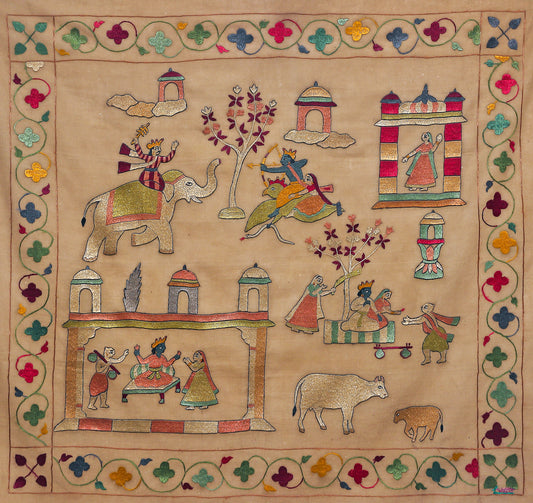
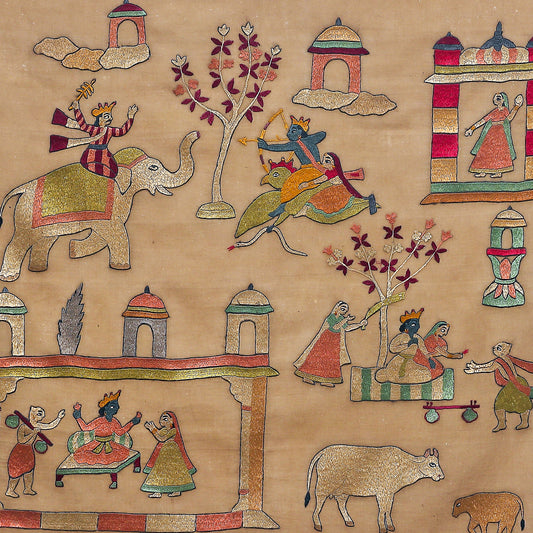
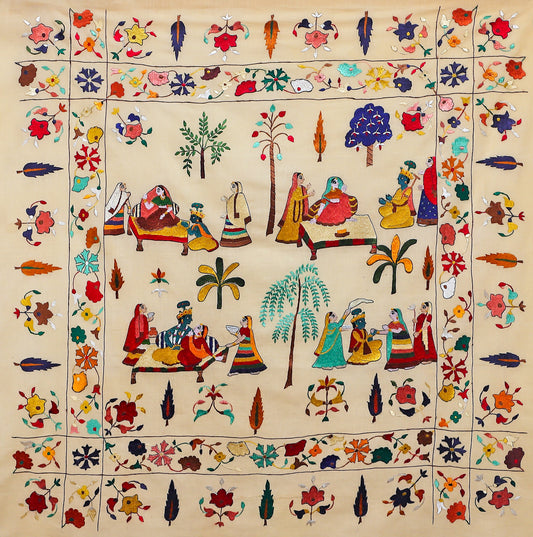
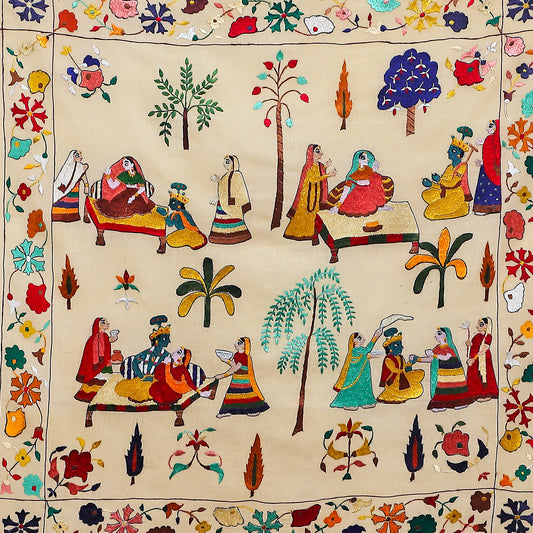
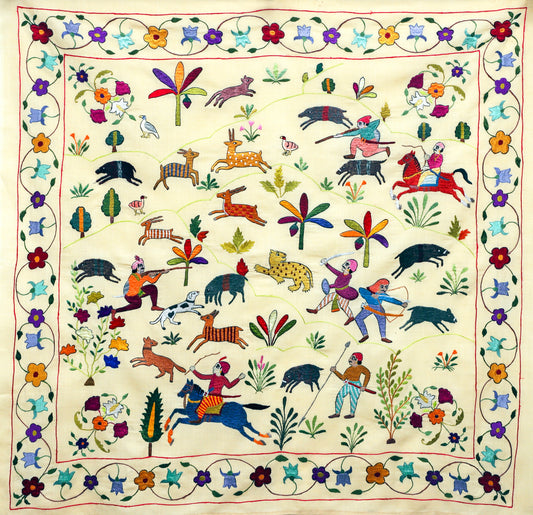
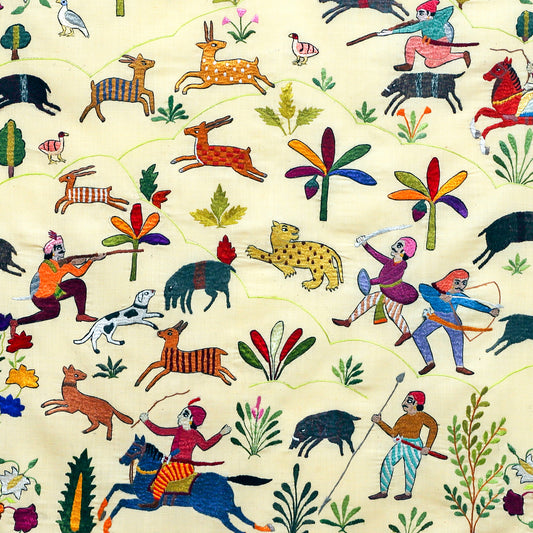
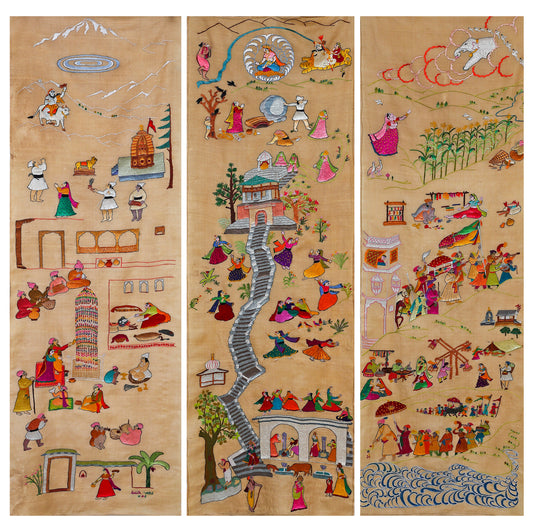

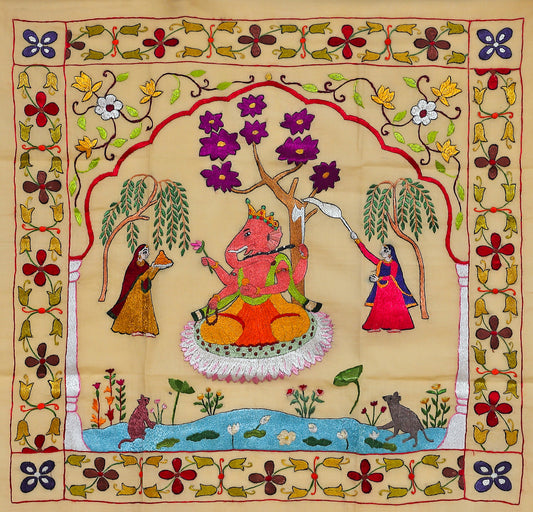
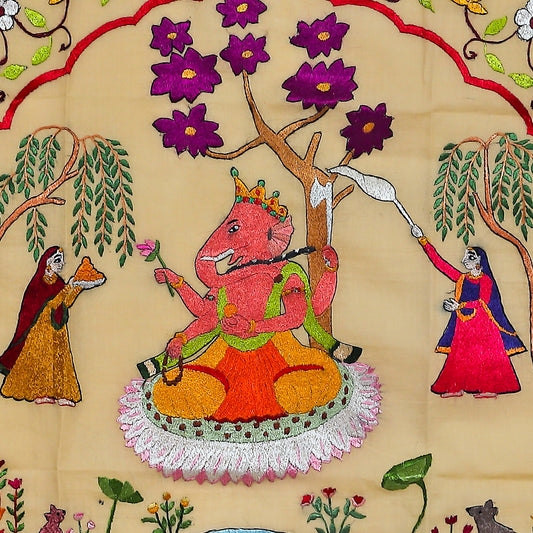
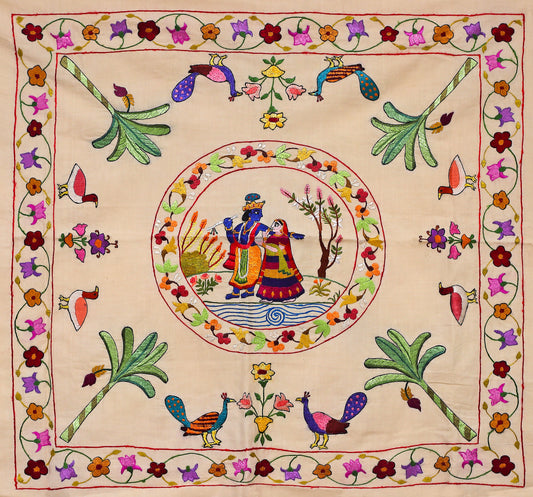
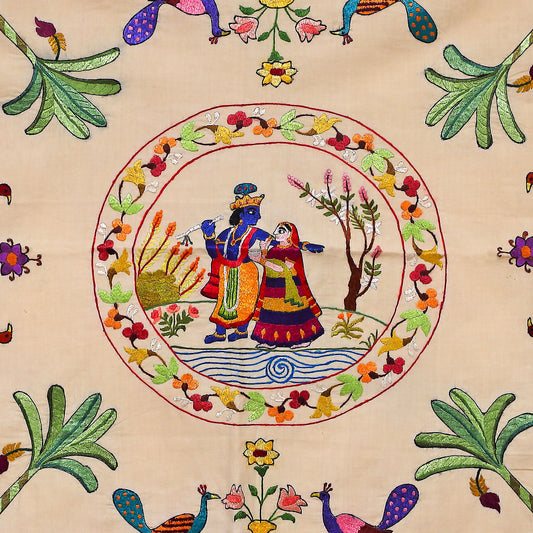
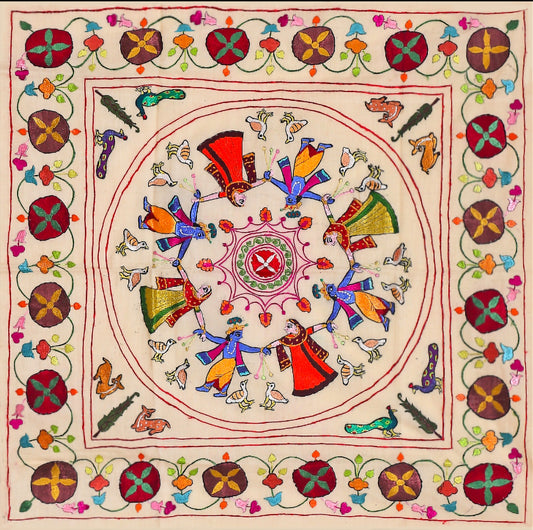
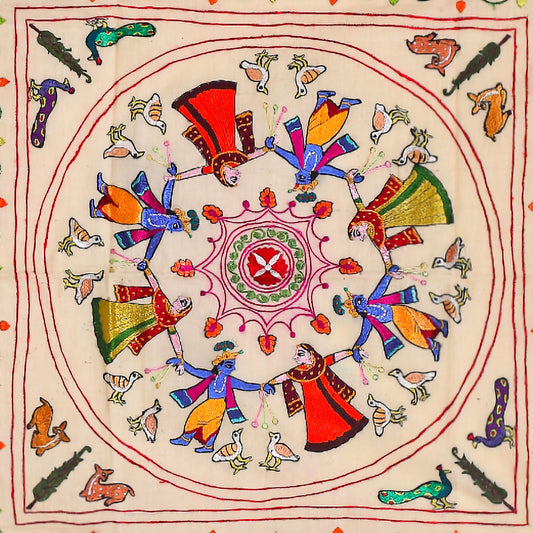


.png?v=180585433461421961291706102796)
